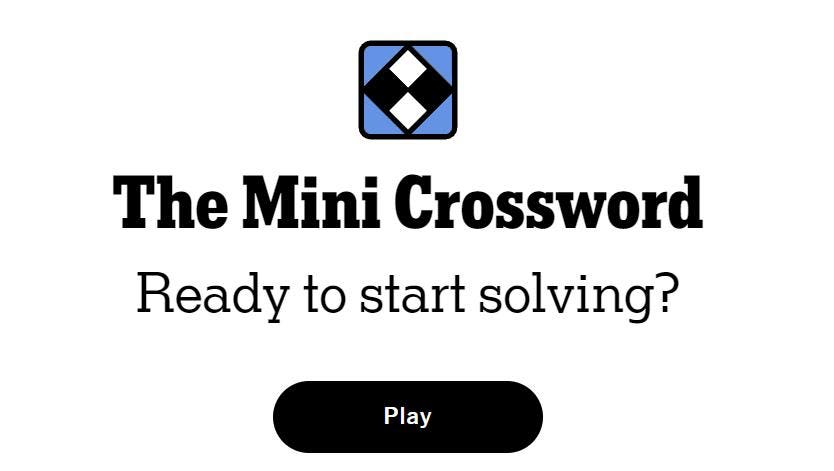AI for diagnosis, care, and increasing accuracy patient treatment.
getty
The latest breakthrough in Nature demonstrates something unprecedented: the large-scale use of transformer-based large language models (LLMs) to model how human disease unfolds across lifetimes. While AI chatbots like ChatGPT have captured headlines for mimicking conversation, this work shows their potential to transform healthcare. For the first time, researchers have applied the architecture of generative AI to predict individual health risks, creating a comprehensive model of disease progression. The result is not just a scientific milestone but a signpost for the future of medicine, prevention, and policy.
Why This Matters Now
For years, algorithms have promised to forecast disease, but mostly in narrow lanes—predicting who is likely to develop diabetes, or which patients might suffer a heart attack. What we’ve lacked is a system that can capture the full grammar of human health: the thousands of possible diagnoses, their order, their interactions, and the compounding effects of lifestyle.
That is what the research team, led by Moritz Gerstung at the German Cancer Research Center and Ewan Birney at EMBL-EBI, achieved with Delphi-2M, a modified GPT-style transformer model . Trained on data from more than 400,000 participants in the UK Biobank and validated on nearly 2 million individuals in Denmark, Delphi-2M predicts risks for over 1,000 diseases simultaneously. Crucially, it does so in a way that matches or outperforms existing single-disease models.
The model works by encoding an individual’s health trajectory—diagnoses, lifestyle factors, body mass, smoking and alcohol history—into sequences much like words in a sentence. Instead of predicting the next word, it predicts the next disease, along with its timing. The team showed that Delphi-2M could forecast outcomes decades into the future, simulate synthetic health trajectories, and identify clusters of comorbidities that amplify risk.
The Business Case for Predictive Health
Why should business and policy leaders care? Because health trajectories drive costs. Chronic disease already accounts for 90% of healthcare spending in the U.S., according to the CDC. The ability to predict, model, and intervene earlier could reshape everything from insurance pricing to drug development pipelines.
Investors take note: the scale here is not theoretical. Populations are aging. The Health Foundation projects that in England alone, the number of working-age adults with major illness will rise from 3 million to 3.7 million by 2040. Globally, cancer diagnoses are expected to increase 77% by 2050 . These are not future scenarios. They are balance-sheet realities. Predictive AI is no longer just a research tool—it is an asset class in healthcare infrastructure.
A Striking Example
The Nature team highlighted a sobering case: clusters of digestive tract disorders raised an individual’s predicted risk of pancreatic cancer by 19-fold. Once diagnosed, pancreatic cancer increased mortality risk nearly ten thousandfold .
These are not abstract associations. They are patterns hidden in the noise of millions of patient records—patterns traditional epidemiology struggles to surface at scale. For pharma, insights like this could redefine how comorbidities are built into clinical trial design. For health systems, it could inform targeted screening long before symptoms emerge.
Where This Is Headed
This isn’t about replacing doctors. It’s about arming them—and the systems around them—with tools that see the whole chessboard. Imagine:
- Biomedical research accelerating because synthetic data enables discovery without breaching privacy.
- Preventive medicine shifting from age-based screening to trajectory-based risk alerts.
- Clinical decision support offering doctors probability-weighted guidance on what’s most likely to happen next.
The implications go further. Employers designing health benefits. Investors evaluating biotech bets. Governments preparing for demographic waves of illness. All of these stakeholders depend on accurate models of future disease burden. Until now, those models have been patchwork. Delphi-2M shows they can be comprehensive.
How It Works (Without the Math)
The analogy is simple: LLMs learn language by predicting the next word. Delphi learns health by predicting the next disease. Each diagnosis, lifestyle factor, or demographic marker is treated as a “token.” The model learns how these tokens interact over time and generates likely next steps.
That means the system doesn’t just spit out risk percentages—it can simulate entire health trajectories decades into the future. It can even generate synthetic patient data that mirrors real-world populations while sidestepping privacy concerns.
For policymakers, that translates into the ability to stress-test national health systems. For insurers, it means scenario planning for risk pools. For hospitals, it means forecasting service demand.
The UK Biobank skews toward healthier, wealthier participants than the general population . Models trained on this data inherit those biases. Validation in Denmark helped, but any AI in healthcare must be treated as a decision aid—not an oracle. Regulatory frameworks are also nascent. In the U.S., the FDA is still grappling with how to oversee adaptive AI systems.
But the momentum is clear. AI models are now moving beyond chat interfaces into the core of biomedical prediction. The business opportunity is not simply in algorithms, but in the ecosystems they enable: insurance underwriting, drug R&D, personalized prevention programs.
The Bottom Line
Delphi-2M is not the end of the story. It’s the start of a new market. Just as LLMs revolutionized how we interact with text, their healthcare counterparts may revolutionize how we anticipate and manage disease. The publication of this research in Nature sends a clear signal: predictive health powered by generative AI is moving from academic concept to real-world strategy.
The question for leaders is no longer if these models will shape healthcare economics—but how fast, and who will own the infrastructure that makes them indispensable.









